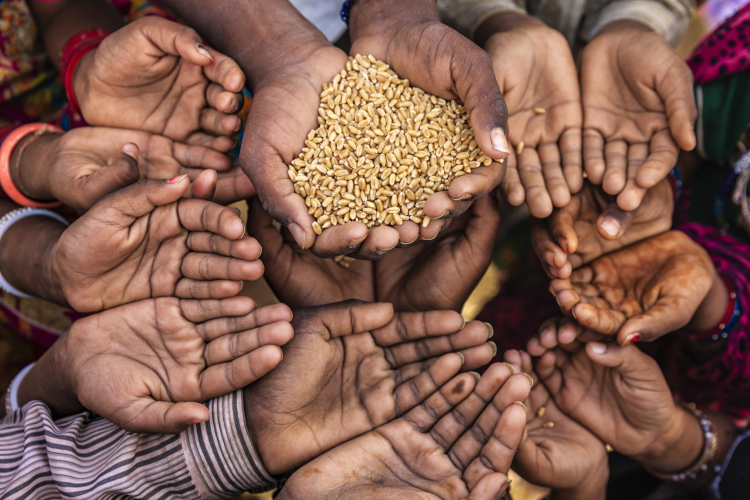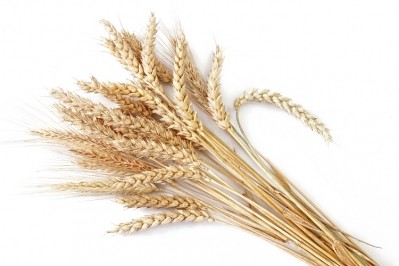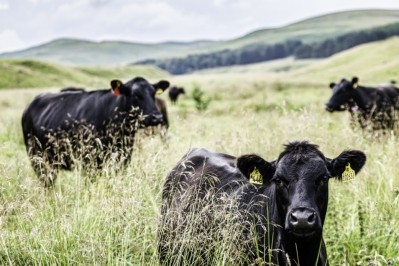Ukraine war adds to perfect storm for global malnutrition: ‘The food price crisis does not happen in isolation’

New analysis published yesterday in the scientific journal Nature revealed that the Russian invasion of Ukraine threatens to increase the number of malnourished people, who have already come under pressure from reduced diets and health systems access due to the COVID-19 pandemic. Women and children are being hit hardest, according to nutrition leaders from Standing Together for Nutrition (ST4N) - a consortium of more than 35 nutrition, economics, food and health systems experts - and the Scaling Up Nutrition (SUN) Movement.
Global events are limiting access to nutrition for vulnerable women and children by directly impacting food security and diet quality through increased food prices and reduced availability and access. Globally, the reach of humanitarian assistance has reduced and services to mitigate acute food insecurity and treat malnutrition have been cut, the researchers warned. They observed that nutrition budgets have been reallocated to ‘other purposes’.
“This food price crisis does not happen in isolation,” commented Dr. Saskia Osendarp, lead author and Executive Director of the Micronutrient Forum. “It comes after two years of households and governments trying to cope with the shocks caused by the COVID-19 pandemic, climate change related events, and other conflicts.”
What is driving the food price crisis?
Russia and Ukraine are among the world’s largest producers of wheat, fertilizer, and fuel. Even before the Russian invasion, global food prices were at an all-time high. The war against Ukraine has further increased the prices of all commodities by 12.6% in March compared to February 2022, according to the researchers. After nearly two months of conflict, wheat commodity prices have increased by 19.7%.
Higher costs of fertilizer, energy and shipping are all pushing up food costs. The United Nations Food and Agriculture Organization (FAO) reported on 8 April that food prices are 34% higher than this time last year. In fact, food prices have never been this high since FAO started recording them.
This means food is becoming unaffordable and inaccessible for the world’s most vulnerable populations. The World Bank estimated that the pandemic led to 97 million more people thrown into poverty in 2020, a historically unprecedented increase.
Poorer households cope with rising food costs by shifting to cheaper and less nutrient-dense foods. Essentially, the nutrition experts argued, poorer people are being priced out of healthy diets. This places them at risk for life-threatening forms of malnutrition, including wasting, stunting and micronutrient deficiencies.
The Standing Together for Nutrition Consortium estimates that the pandemic could lead to 13.6 million more children with wasting by 2022, and 141 million more people added to the 3 billion who could not afford a healthy diet in 2019.
Poor nutrition is the leading preventable causes of child death. It also shapes health and economic outcomes for a lifetime. Poor nutrition is a driver of poor health and reduced physical growth and cognitive development. Children who are stunted in their first two years of life go on to complete fewer years of schooling and earn less over their lifetimes.
“Given the enormous consequences of adverse exposures in pregnancy and early infancy, some of the consequences of the Ukraine conflict on women and young children affected by the conflict and its global fall out, will be felt for years to come; impacts on fetal growth, perinatal and early childhood nutrition can likely have long-term consequences for health and human development far outweighing anything currently visible,” said Dr. Zulfiqar Bhutta, co-director at the Centre for Global Child Health, The Hospital for Sick Children in Canada and a coauthor of the Nature commentary. “If global leaders don’t act soon, the consequences of this war on the most vulnerable may be felt for years to come.”
Act now to save a generation of children, governments urged
“International leaders, donors and national governments must act now to scale up critical nutrition investments and actions to prevent even greater harm to a generation of children already weakened by the COVID-19 pandemic, climate events and other conflicts,” the authors urged.
Action is all the more pressing due to the war in Ukraine, which has sparked a spike in the cost of wheat and fertiliser, for which Ukraine and Russia are both leading global producers. “Urgent action is needed given the speed at which the crisis is affecting food and nutrition security in both humanitarian and non-humanitarian settings,” they stressed.
Six ways to prevent a ‘malnutrition crisis’
In their analysis of the situation, ST4N and SUN called for six immediate actions to address a potential malnutrition crisis in millions of vulnerable mothers and children worldwide.
- Firstly, they want governments to reduce ‘unnecessary trade restrictions’ and domestic hoarding to allow access to essential foods.
- The most vulnerable could be protected by ‘safety net programs’ such as food vouchers aimed at improving nutrition.
- National nutrition budgets should be ringfenced to provide essential nutritional support, including nutrition services for women and children during pregnancy and the first 1,000 days.
- The experts called on governments to honour their financing commitments to nutrition and stop reallocating budgets.
- More should be invested in robust data monitoring systems to better target interventions.
- And finally, they call for more resources for humanitarian assistance to address both rising hunger and malnutrition.
“To prevent the worst effects of the crisis on the most vulnerable, governments should take action to reinforce essential nutrition services and products delivered through health and social protection systems, including specialized nutrition products to prevent and treat the worst forms of malnutrition,” they argued.
Long-term investment to boost availability and affordability
While these measures would help to stave off an immediate global malnutrition crisis, urgent and longer-term investments are needed as well to improve the availability and affordability of nutrient-rich foods.
This includes assistance to improve ‘diverse and nutritious food value chains’ like milk, eggs, legumes, fruits, and vegetables. Food waste and loss should also be got under control through investments in transport, market infrastructure and food processing capabilities, the nutrition experts continued. Programs to fortify food staples like wheat and maize with essential vitamins and minerals are critical to improving nutrient intake, and fortified foods should be prioritized for distribution through social safety net programs, they added.
Donors should ensure that the World Food Programme (WFP), UNICEF and NGO partners have the resources they need to support immediate responses in the most at-risk countries. These organizations will need to play a key role in delivering food and nutrition assistance, and in providing logistical support for the wider humanitarian response, the authors asserted.
Unequal intra-household food allocation also disproportionately affects women and children, which means that assistance needs to be targeted to be effective. Given the likely detrimental impact on nutritional status of women and children, additional support should be provided for the procurement and distribution of specialized nutritious products for these groups, including ready to use therapeutic food (RUTF) to manage incidence and treatment of acute malnutrition in young children, and specialized food supplements for pregnant and lactating women.
“It is not too late to rescue a generation of children from the devastating impacts of malnutrition. However, every day of delay means countless more mothers and children will face diminished futures.”


















